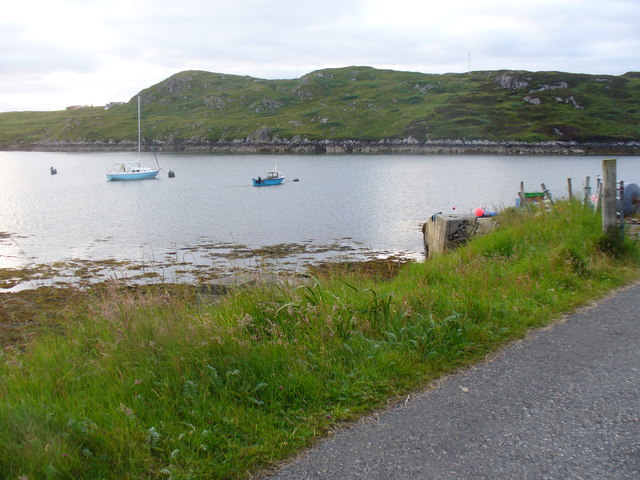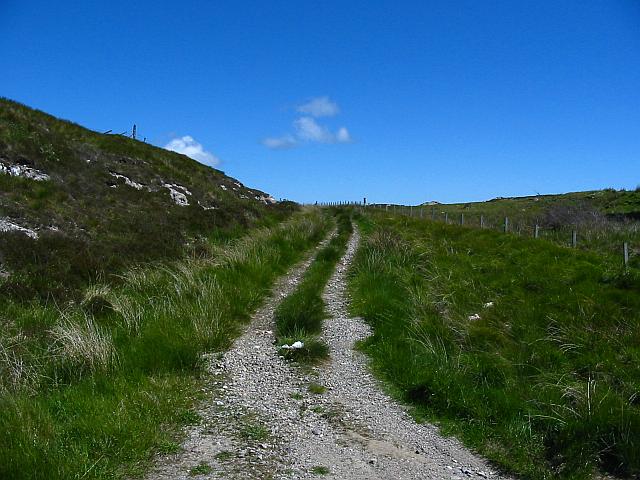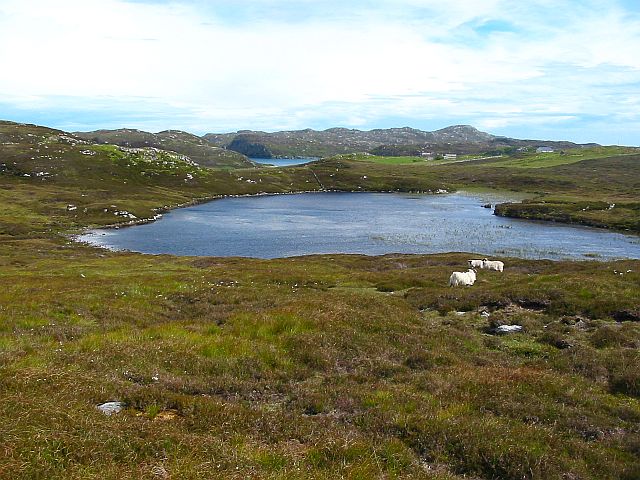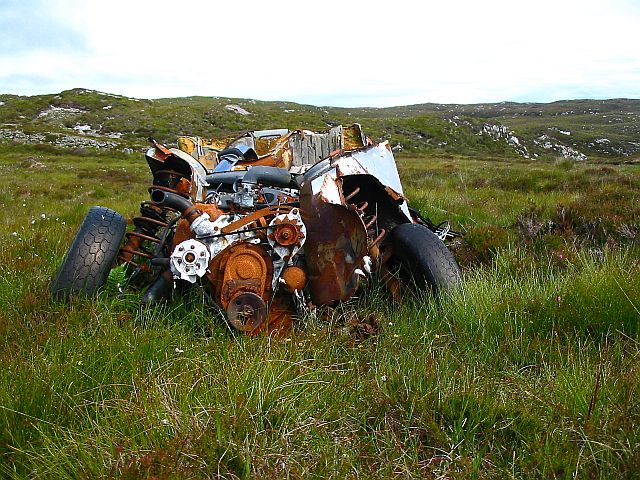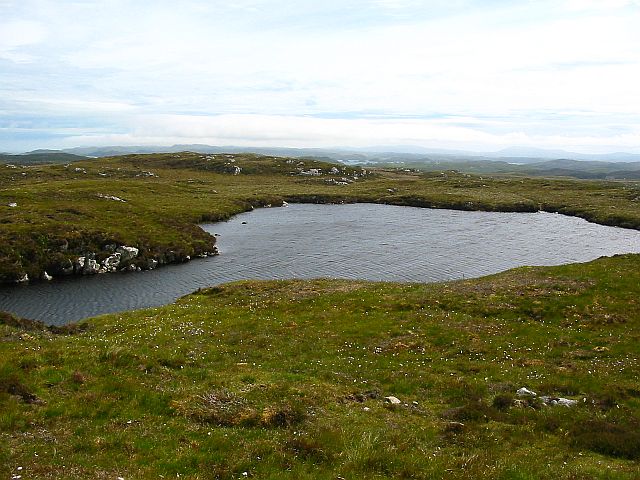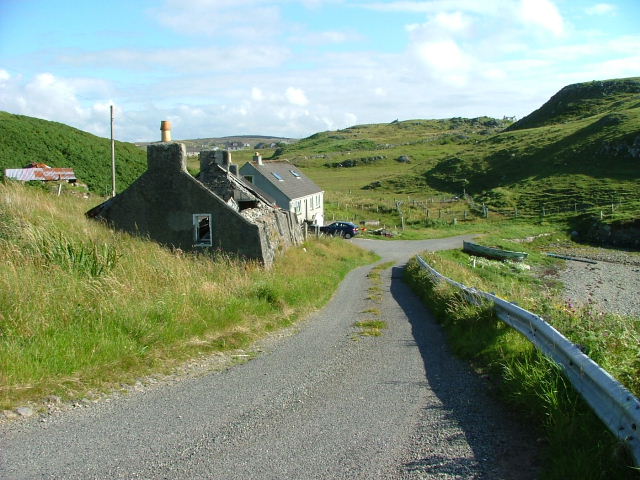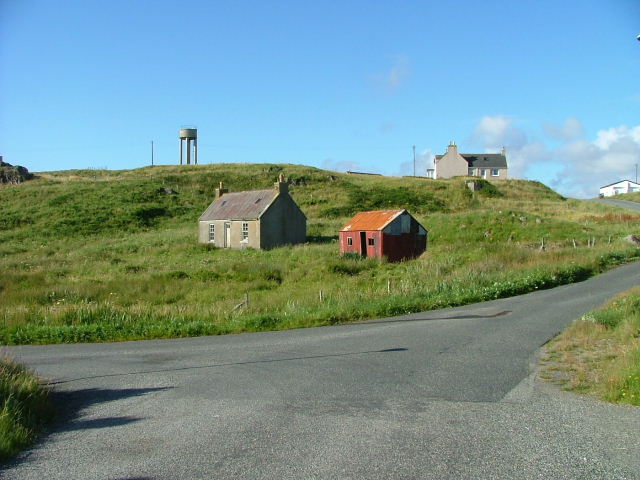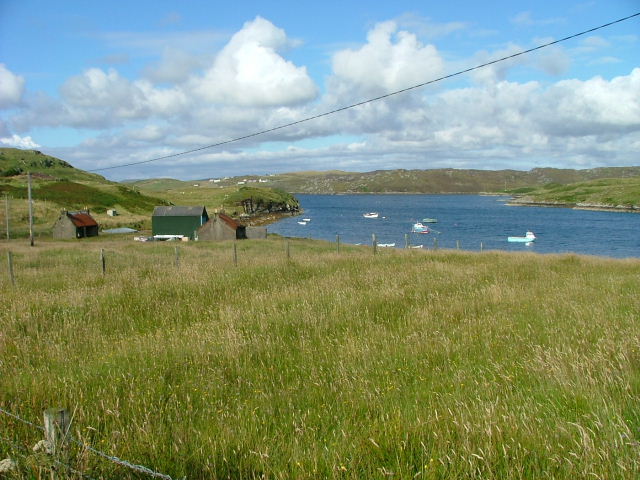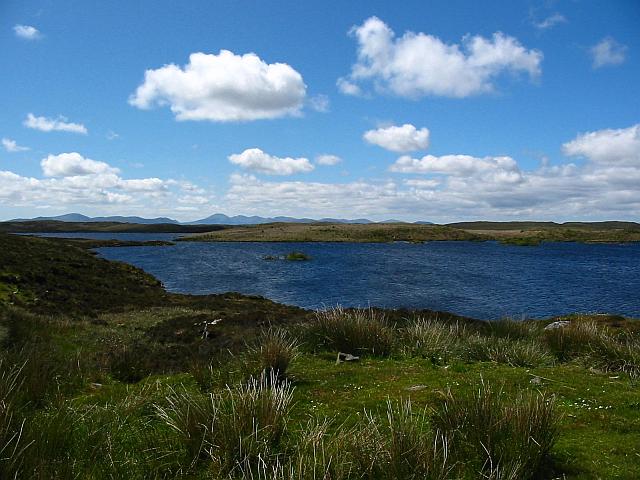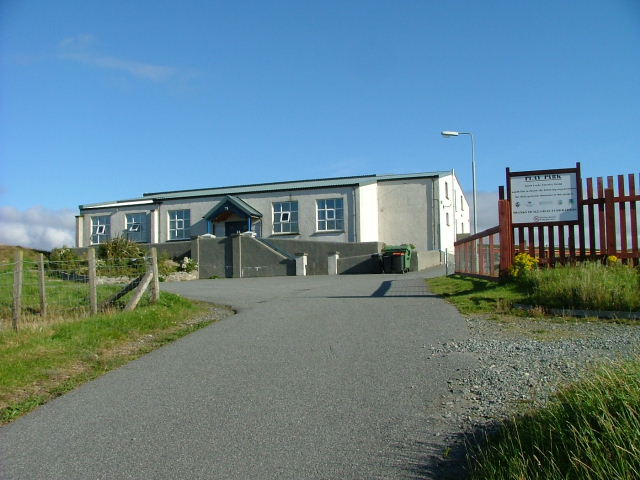Beinn Fhada
Hill, Mountain in Ross-shire
Scotland
Beinn Fhada
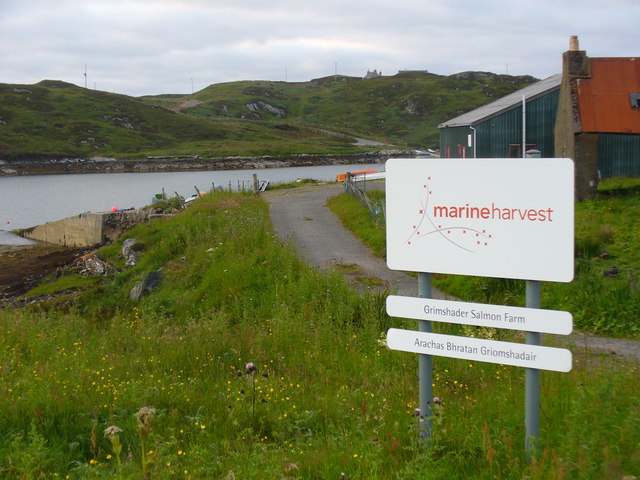
Beinn Fhada is a mountain located in Ross-shire, in the northern region of Scotland. Standing at a height of 931 meters (3054 feet), it is a popular destination for hikers and outdoor enthusiasts looking to experience the stunning Scottish Highlands.
The mountain is known for its rugged terrain, with steep slopes and rocky ridges that offer a challenging but rewarding climb. The summit of Beinn Fhada provides breathtaking views of the surrounding landscape, including the nearby peaks of the Torridon mountains and the picturesque Loch Carron.
The name Beinn Fhada translates to "long mountain" in Gaelic, reflecting the mountain's elongated shape and prominent position in the landscape. It is part of the Beinn Eighe National Nature Reserve, a protected area known for its diverse wildlife and stunning natural beauty.
Hikers can access Beinn Fhada via various walking routes that offer different levels of difficulty, making it suitable for both experienced climbers and beginners looking to explore the Scottish wilderness. Overall, Beinn Fhada is a must-visit destination for anyone seeking an adventure in the Scottish Highlands.
If you have any feedback on the listing, please let us know in the comments section below.
Beinn Fhada Images
Images are sourced within 2km of 58.146665/-6.4317958 or Grid Reference NB3926. Thanks to Geograph Open Source API. All images are credited.
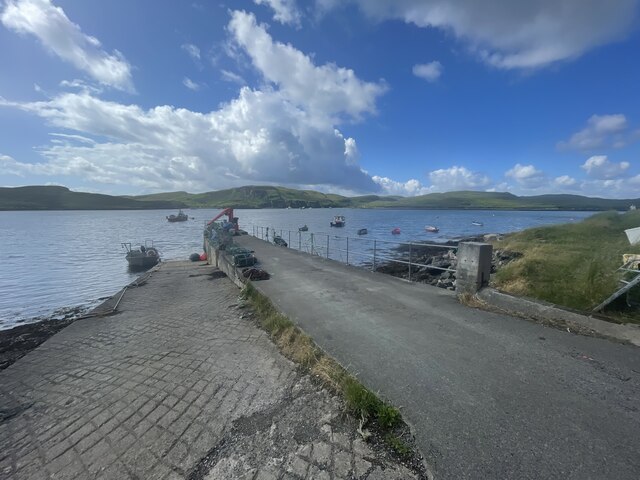
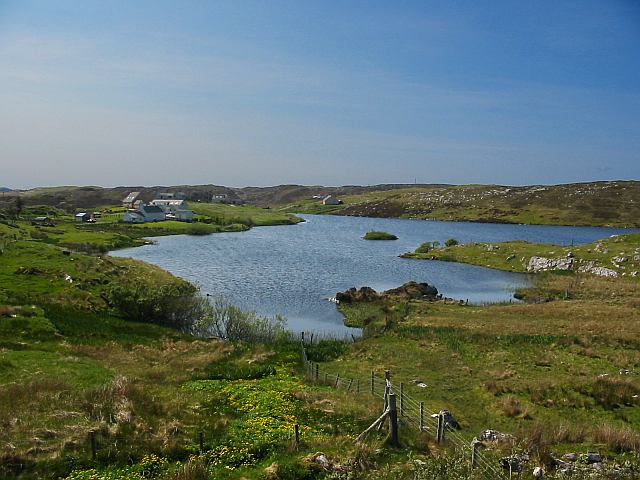
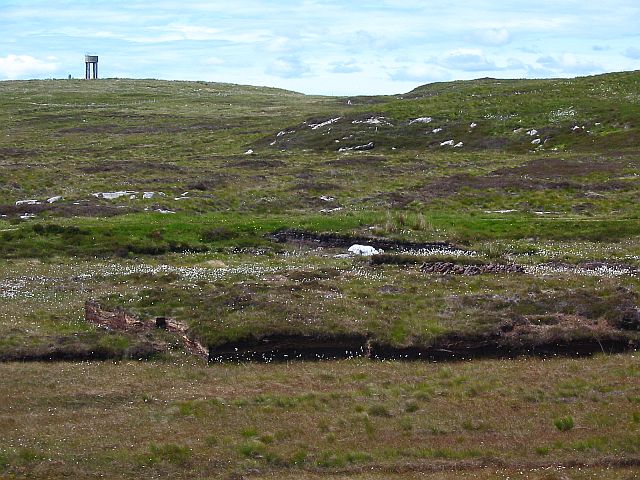

Beinn Fhada is located at Grid Ref: NB3926 (Lat: 58.146665, Lng: -6.4317958)
Unitary Authority: Na h-Eileanan an Iar
Police Authority: Highlands and Islands
What 3 Words
///paying.prominent.commenced. Near Leurbost, Na h-Eileanan Siar
Nearby Locations
Related Wikis
North Lochs
North Lochs, (Scottish Gaelic: Ceann a Tuath nan Loch), an area in eastern Lewis, Outer Hebrides, Scotland, is named for the many lochans (small lochs...
Crossbost
Crossbost is a village on the Isle of Lewis in the parish of North Lochs, in the Outer Hebrides, Scotland. It is located approximately ten miles away...
Rainish Eilean Mòr
Rainish Eilean Mòr is an uninhabited island in Loch Orasaigh, north of the village of Leurbost in the area of South Lochs on the Isle of Lewis, Lewis and...
Leurbost
Leurbost (Scottish Gaelic: Liùrbost) is a village on the east coast of the Isle of Lewis in the Outer Hebrides of Scotland. It is approximately 6 miles...
Have you been to Beinn Fhada?
Leave your review of Beinn Fhada below (or comments, questions and feedback).
